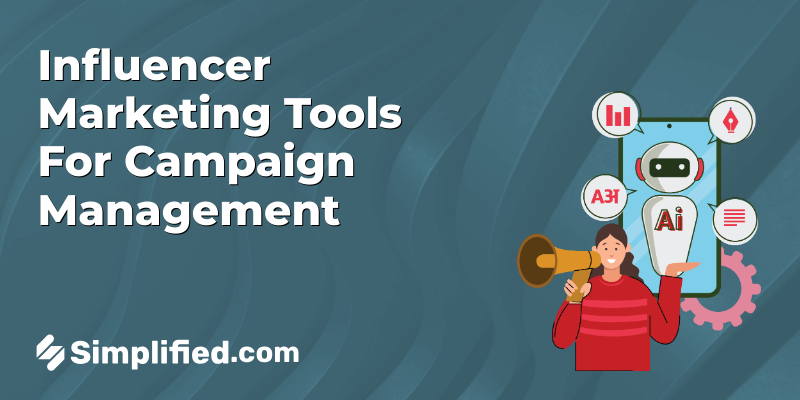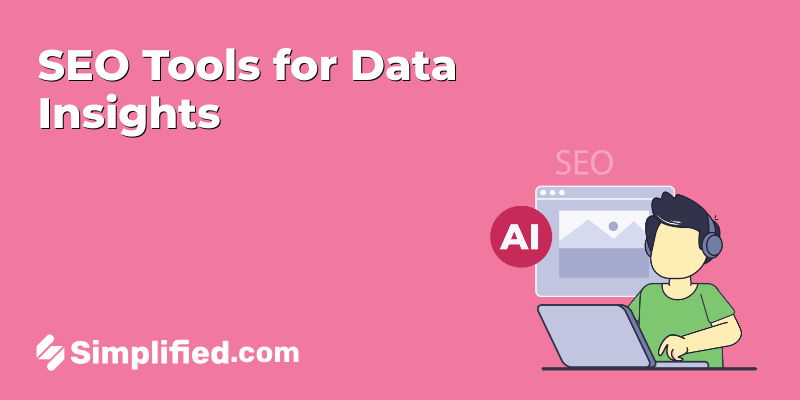
The rise of artificial intelligence (AI) in the design industry has opened doors to endless possibilities, from automating repetitive tasks to enhancing creative workflows. AI tools are increasingly becoming essential, helping designers streamline processes, gain deeper insights, and even generate content with precision and speed. While AI continues to revolutionize design, data security and integrity remain critical issues. Designers deal with massive amounts of data that need to be safely stored and retrieved in case of accidental loss. That’s where AI-powered data recovery tools, such as Wondershare Recoverit, come into play, ensuring designers can recover lost files from sources like USB drive recovery.
In this blog, we’ll explore how AI is transforming the design industry and how essential data recovery practices safeguard creative work from potential loss.
1. Design Automation With AI
AI is significantly impacting design by automating tedious tasks that were once manual, allowing designers to focus more on creativity and innovation. In areas like logo design, web design, and even 3D modeling, AI tools offer powerful automation features that streamline the design process.
- Generative Design: AI-powered generative design tools are a prime example of how machine learning can assist in creating hundreds of design variations based on certain input parameters. For instance, designers input their goals, constraints, and requirements into the AI system, and it generates multiple solutions. This eliminates the time-consuming task of creating multiple drafts manually, allowing designers to choose from AI-generated options.
- AI for Prototyping: These tools are also making a significant impact in the prototyping phase. They can automatically generate wireframes or prototypes based on initial sketches or even textual inputs. Designers can now skip labor-intensive processes and let AI build a foundational design from which they can work.
These tools enable designers to experiment quickly and iteratively, enhancing the creative process without sacrificing time or effort.
Example Simplified, which provides AI design platforms, helps designers create stunning visuals and creative designs with just a few clicks. With these platforms, users can explore a range of design possibilities, from social media posts to complex graphics, making the process easier and more intuitive. AI design tools not only enhance productivity but also enable designers to push their creative boundaries without the heavy lifting of manual work.
2. Enhancing Creativity with AI
While some fear AI will limit creativity, in reality, it has the potential to enhance it. By taking over the repetitive, time-consuming aspects of design, AI allows creative professionals to focus on more strategic tasks, ultimately pushing the boundaries of their work.
- AI-Powered Inspiration: AI tools like Simplified, Adobe Sensei and others can scan large datasets of visual content to suggest design elements that match a certain style or mood. This helps designers find inspiration faster and curate content that aligns with a project’s vision.
- Text-to-Image Generation: AI models like simplified text to image generator, DALL-E and MidJourney have transformed the way designers create imagery. By typing a few descriptive words or sentences, designers can now generate intricate and highly detailed images in seconds. This is a game-changer for those who need creative assets but may not have the time to manually craft every image.
This combination of automation and creativity offered by AI ensures that design professionals can remain competitive and innovative in today’s fast-paced digital world.
Bonus: 5 Best AI Image To Text Tools
3. AI-Driven Personalization in Design
AI allows for highly personalized design experiences. Brands today increasingly seek designs that resonate with individual users, and AI algorithms help achieve this by analyzing user behavior, preferences, and engagement.
- AI for UX/UI Design: AI plays a key role in designing personalized user experiences. By analyzing data from user interactions, AI can suggest design changes that enhance user engagement. AI-based tools can also automatically adjust website or app layouts based on the preferences of individual users, creating a more tailored experience.
- Content Customization: AI tools are capable of dynamically adjusting content, ensuring that the right design is served to the right audience. This level of customization is particularly useful in marketing, where personalized design can drive better engagement and conversion rates.
With AI, personalization in design has become more data-driven, ensuring that users receive a visually appealing and highly relevant experience.
4. Ensuring Data Security and Integrity in AI Design
While AI significantly improves design processes, it also increases the amount of data that designers need to manage. From large image files to intricate design layouts, protecting this data is crucial for preventing the loss of work due to accidental deletion, corruption, or technical failure.
Designers often rely on external devices like USB drives to store or transfer their projects, making data recovery solutions an essential part of the design process. Additionally, it’s wise to make use of a VPN to add an extra layer of security when transferring sensitive files online, especially over public or shared networks.
- The Importance of Data Recovery: Losing a design project can be catastrophic, especially if no backups are available. Whether due to accidental deletion, system failures, or USB corruption, recovering data is essential to prevent wasted effort and time.
This is where tools like Wondershare Recoverit come into play. Wondershare Recoverit is a data recovery solution that ensures designers can quickly retrieve lost files from various sources, including hard drives, memory cards, and USB drives.
- USB Drive Recovery: USB drives are commonly used by designers for file storage and transfer due to their portability and convenience. However, these drives are vulnerable to corruption or accidental formatting. With the help of Wondershare Recoverit, designers can perform USB drive recovery to restore lost data quickly and efficiently. The tool uses advanced AI algorithms to scan, detect, and recover lost files, ensuring that no important work is permanently lost.
By integrating reliable data recovery practices, design teams can focus on their creative work without the constant worry of losing critical data.
5. Challenges and Ethical Considerations in AI Design
While AI offers numerous benefits for the design industry, there are also challenges and ethical considerations to take into account. As AI continues to play a larger role in the creative process, designers must be aware of issues such as:
- Copyright and Originality: Since AI can generate content based on existing data, ensuring originality and avoiding copyright infringement is critical. Designers need to ensure that the AI-generated content they use is unique and does not violate any intellectual property rights.
- Job Displacement: As AI takes over certain tasks, there is growing concern about job displacement in the design industry. While AI can enhance productivity, it also raises questions about the future of human designers and their role in the creative process.
Balancing the use of AI with human creativity and ethical considerations is key to the sustainable growth of the design industry.
Bonus: 13 Powerful Ways To Bounce Back From Creative Burnout
Conclusion
AI is transforming the design industry by automating repetitive tasks, enhancing creativity, and personalizing user experiences. From generative design to AI-powered inspiration, the possibilities are vast and continue to evolve. However, alongside these innovations comes the need for robust data security practices.
With system like Wondershare Recoverit, designers can safeguard their work, ensuring that important data is not lost to accidental deletion or drive corruption. Whether it’s USB drive recovery or restoring files from other sources, incorporating reliable data recovery solutions is essential in the digital age.
As AI continues to revolutionize the creative process, designers who embrace these technologies while ensuring data integrity will remain at the forefront of the industry.

























